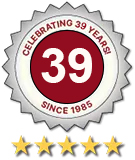Calculate the SCFM.
Heater Style Application & Selection Guide
When you need a heat source, Convectronics’ products are designed to meet and exceed all expectations. Convectronics Air Heaters use state of the art materials and can be found throughout the world in countless industries.
Features:
|
|
|
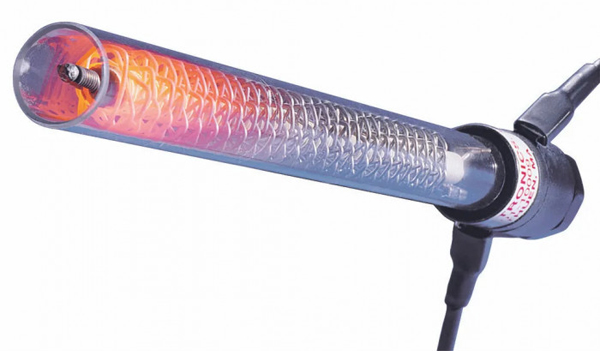

Air heaters work by continuously passing air/fluid over a heated element. This air/fluid is heated and then discharged from the heater, giving a consistent supply of reliable heat. The material being heated can either be inert gas, compressed air or air from a regenerative blower. Unfiltered gas that may contain dirt, grease, oil, oil vapors, corrosive or reactive gases along with volatile or combustible gases should never be used. It should be noted that material should always be flowing over the element before and even after power is supplied to the heater or the result may be overheating of the element and reduced life.
- Temperature up to 1500°F
- Clean electric heat without the flame
- Compact size with rapid heat-up and cool-down
- Controllable by varying voltage, flow rate or temperature controls
- Excellent repeatability
- Directable heat
- Easy installation
Optimum heater life is achieved by operating the element within its specified performance characteristics and monitoring the element temperature. Elements operating outside their recommended limits will glow beyond the midsection of the heated length.
Best operating results will be obtained by using a thermocouple feedback temperature control and phase angle power control. When using only a voltage control extra caution should be taken. Apply voltage to the heater until the desired air temperature is obtained.
Air Heater Selection:
When selecting a heater you must first determine the power required to heat air. This can be done by using the following formula:
Power (Kilowatts) = [(SCFM x Delta T) / 3000] x 1.2
SCFM = Standard cubic feet per minute
Delta T = Temperature (exit) - Temperature (inlet)
In Degrees Fahrenheit
This will give you an approximate power requirement which can aid you in selecting a heater.
When selecting heaters it is important that a good control system is also selected. A good control system is critical for long heater life. Convectronics offers open-loop (manual) controls, closed-loop (feedback) controls and all the components necessary to run our heaters.
Flameless Electric Air Heaters
Heater Style Application & Selection Guide
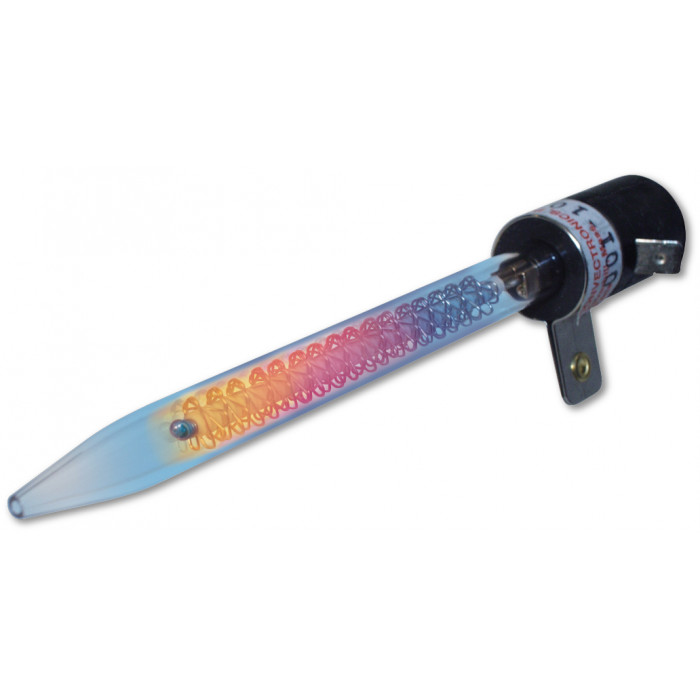

Style 001
| Smallest | As small as 0.410” OD x 5-1/4” long |
| Lowest Cost | Contact your Distributor or Factory |
| Nozzle Available | 0.065” diameter outlet opening for soldering and other small target applications |
| Lowest Flow | 25 to 400 SCFH air flow range |
| Lowest Wattage | 465 watts @ 120 volts and can be adjusted lower |
Go to Style 001 Pages:
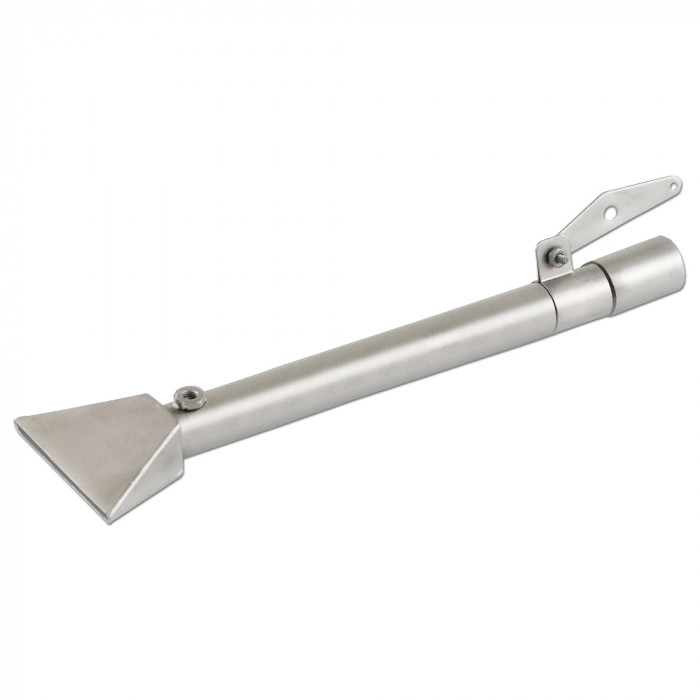

Style 002
Accessories for Style 001 Heaters, Shields, Thermocouples, Replacement Quartz
Go to Style 002 Pages:
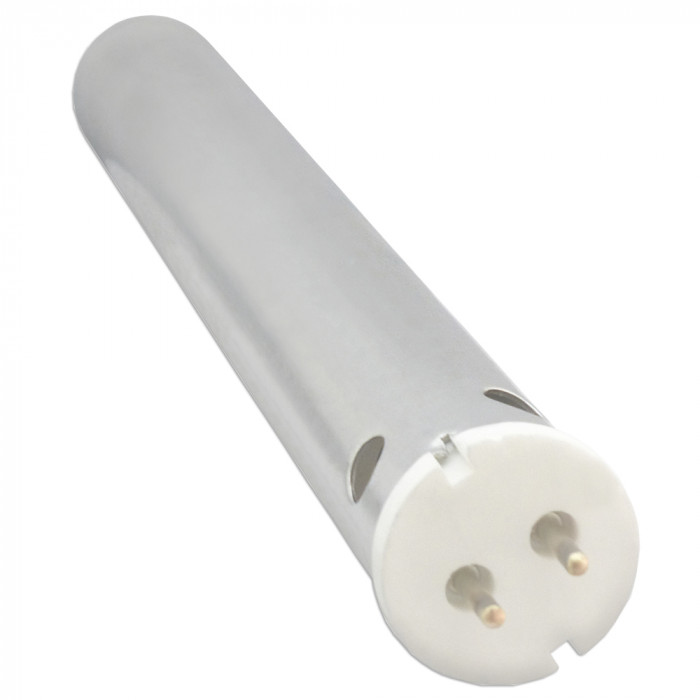

Style 003
| Most Efficient | Triple pass heat exchanger pre-heats air before passing through element |
| Choice of Wattages | 2000 to 6000 watts @ 240 volts |
| Replaceable Element | Plug-in socket connection allows quick replacement |
| Physical Strength | Sturdy stainless steel housing with protective outlet screen |
| Cool Outer Shell | User friendly because heat exchanger feature keeps outer shell cool to the touch |
| Medium to High Air Flow | 150 SCFH to 1500 SCFH |
Go to Style 003 Pages:
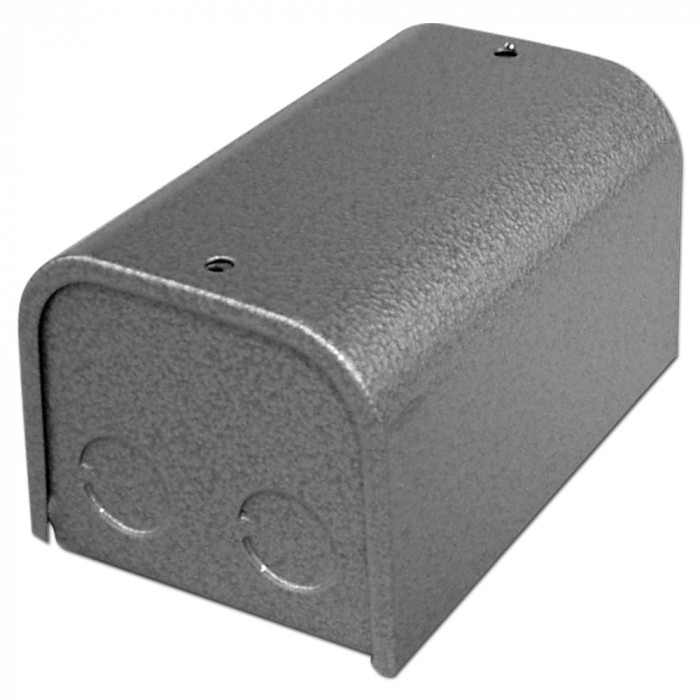

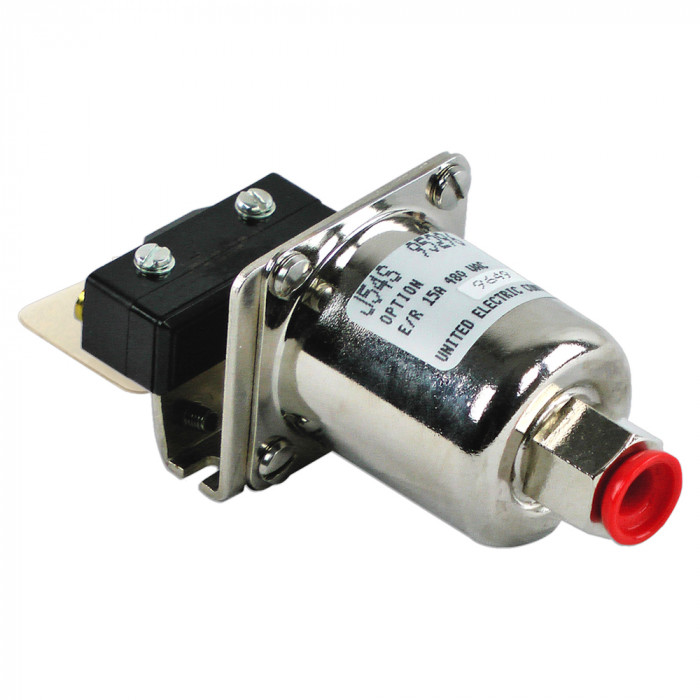

Style 004
Accessories for Style 003 Heaters, Pressure Switch, Relay, Thermocouple Attachments
Go to Style 004 Pages:
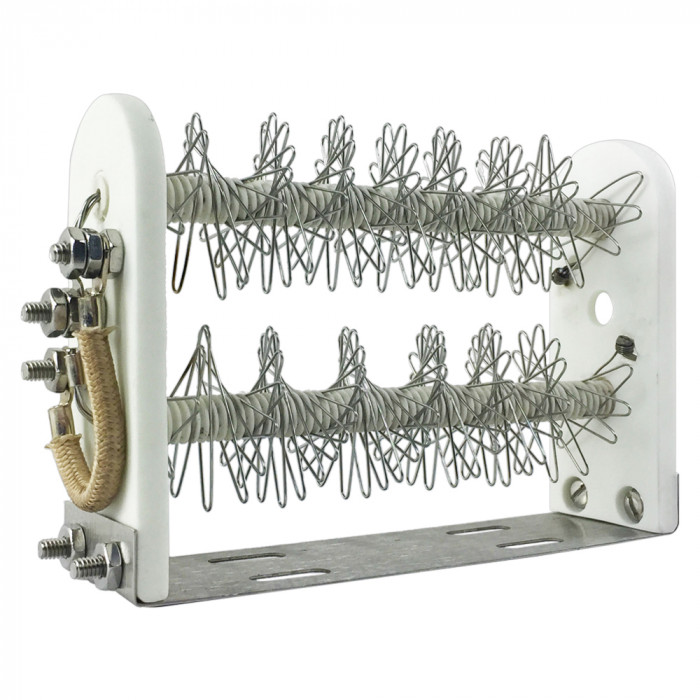

Style 005
| Modular Construction | Select size and wattage combinations to suit application |
| No Back Pressure | Elements are mounted 90 degrees to air flow resulting in minimal back pressure so that a fan can be used for the air source |
| Highest Air Flow | Limited only by combination of heater duct sizes |
Go to Style 005 Pages:
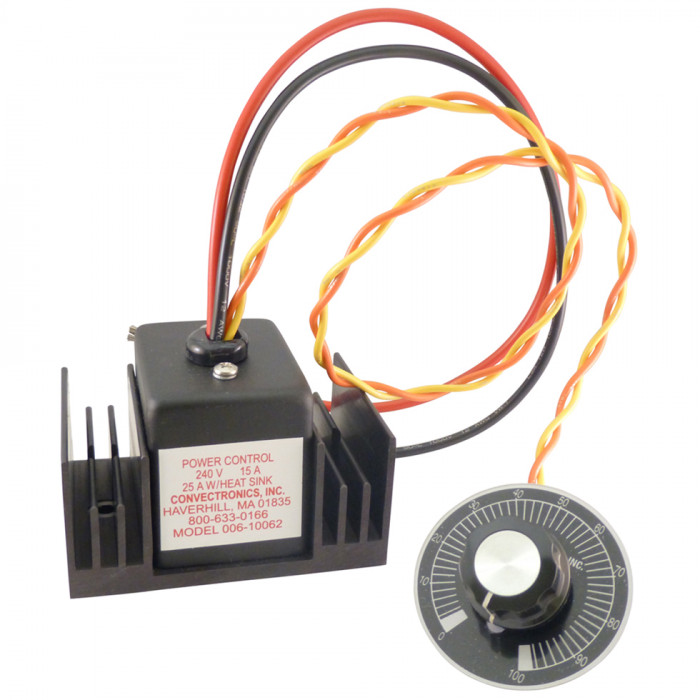

Style 006
Power/Temperature Controls - manual and automatic
Go to Style 006 Pages:
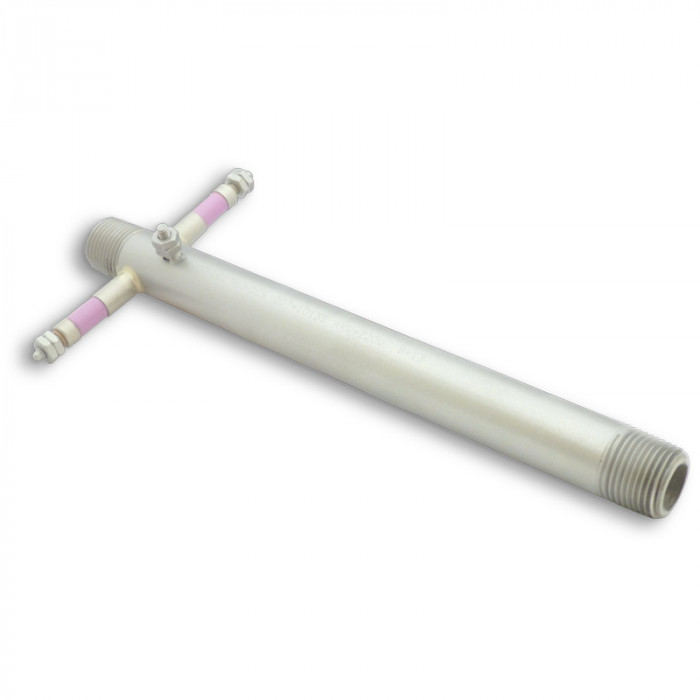

Style 007
| In-Line Applications | NPT pipe threads at inlet and outlet |
| Highest
Pressure Construction |
Feed-thru style rated to 150 PSI |
Go to Style 007 Pages:
Application Guide
| Packaging: | ||||||||||||
|
||||||||||||
| Automotive: | ||||||||||||
|
||||||||||||
| Plastics and Rubber: | ||||||||||||
|
||||||||||||
| Textiles: | ||||||||||||
|
||||||||||||
| Soldering: | ||||||||||||
|
||||||||||||
| Semiconductor and Electronics: | ||||||||||||
|
||||||||||||
| Printing and Paper: | ||||||||||||
|


